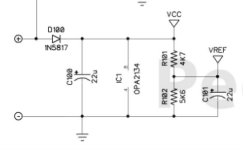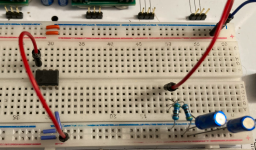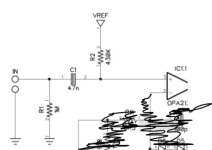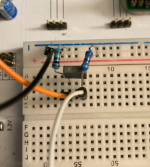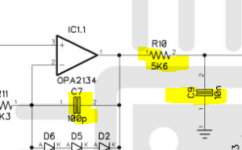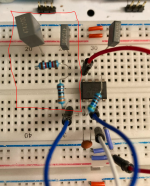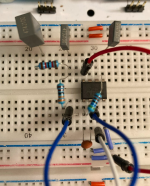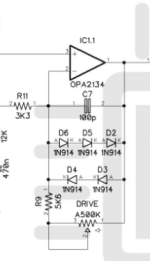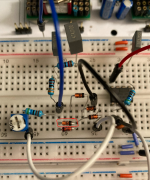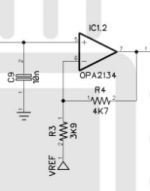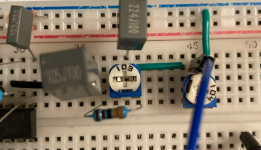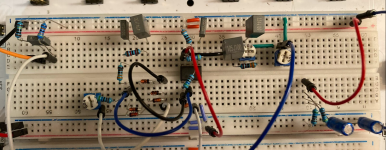BuddytheReow
Breadboard Baker
One of the more popular overdrives on the forum recently (at least over the past few months), I wanted to see what all the fuss was about. Rather than being selfish and finding out for myself, I decided to document my build and share it along with anyone who may be interested in seeing why this keeps popping in the Build Reports.
Others claim this is a very good "transparent" overdrive, meaning it doesn't color your signal such as a tube screamer. After building this myself I would agree with these claims. What to find out for yourself? Well, make some room on your bench and dive right in with the Mach 1 Overdrive!!
Like some of my other recent tutorials, here is the schematic, build doc, and my breadboard build. We're going into OD territory now with the "standard" diodes-in-the-feedback-loop type of build and I hope you learn a thing or two in the process.
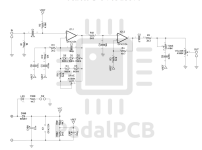
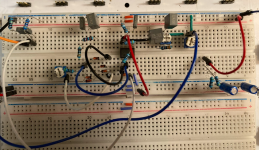
Others claim this is a very good "transparent" overdrive, meaning it doesn't color your signal such as a tube screamer. After building this myself I would agree with these claims. What to find out for yourself? Well, make some room on your bench and dive right in with the Mach 1 Overdrive!!
Like some of my other recent tutorials, here is the schematic, build doc, and my breadboard build. We're going into OD territory now with the "standard" diodes-in-the-feedback-loop type of build and I hope you learn a thing or two in the process.




